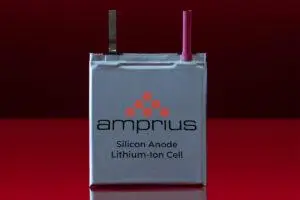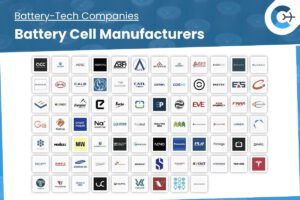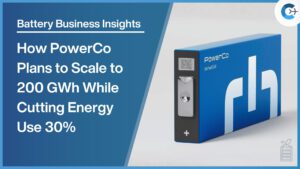On July 7, the White House directed the U.S. Department of the Treasury to issue updated guidance within 45 days that would tighten the requirements for claiming clean electricity production and investment tax credits. The order instructs Treasury to strictly enforce the termination of existing tax credits for wind, solar, storage and other eligible facilities by refining rules around when a project is considered “under construction.”
Since 2013, IRS guidance has allowed developers to qualify for credits by either spending at least 5% of total project costs or performing “physical work of a significant nature.” Those projects have up to four years—ten years for offshore wind—to enter service. Even with the recent Inflation Reduction Act provisions, projects that initiate construction this year could claim credits through July 2030.
The White House appeared to recognize industry eagerness to go down this path. “The Secretary of the Treasury shall take all action… necessary and appropriate to strictly enforce the termination of the clean electricity production and investment tax credits,” said the order.
“This includes issuing new and revised guidance… appropriate and consistent with applicable law to ensure that policies concerning the ‘beginning of construction’ are not circumvented, including by preventing the artificial acceleration or manipulation of eligibility and by restricting the use of broad safe harbors unless a substantial portion of a subject facility has been built.”
The executive order directs Treasury to issue “new and revised guidance . . . to ensure that policies concerning the ‘begining of construction’ are not circumvented,” including provisions to prevent artificial acceleration or manipulation of eligibility and to restrict broad safe harbors unless substantial portions of a facility are completed. It also requires a review of rules related to the Foreign Entity of Concern (FEOC) restrictions built into the law, which would bar tax credits for any projects beginning construction after December 31, 2025, if they involve certain foreign entities.
Treasury has considerable discretion in shaping these changes. It could raise the capital‐spending threshold above 5%, define more stringent documentation requirements, shorten the permissible window between construction start and commercial operation, or even make adjustments retroactively. Those changes could affect a range of projects—from solar and wind to energy storage, nuclear and geothermal—that rely on these incentives.
How far Treasury will go in rewriting the guidance remains uncertain. Any significant departure from established IRS practice would mark a notable shift in policy enforcement.
Source: BloombergNEF















